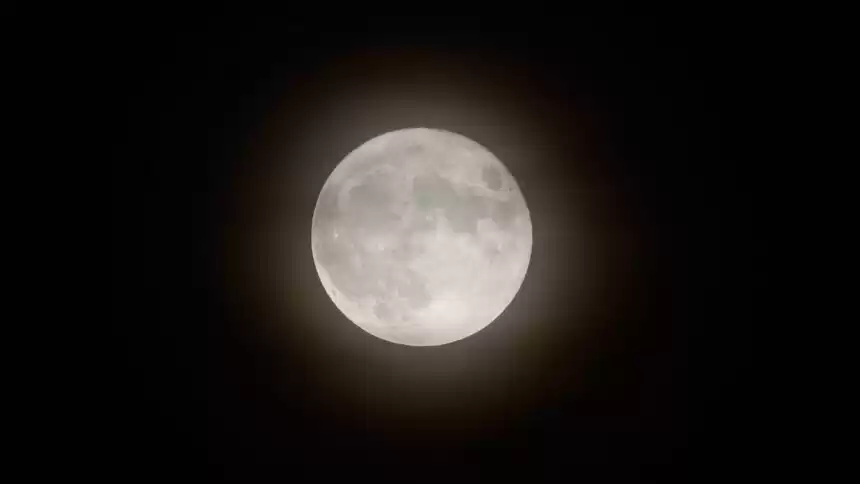"July's Supermoon to Graciously Approach Earth by 14,000 Miles, Towering Above Traditional Full Moon Spectacle"
First of four supermoons in 2023 to appear in July.
Get ready for an extraordinary lunar event in July 2023! The first of four supermoons will grace the night sky, dazzling us with its brightness. This particular full moon will rise on Monday, July 3, and reach its peak illumination below the horizon at 7:39 a.m. ET. So, make sure to keep an eye out for it after the sun sets, by looking towards the southeast, weather permitting.
But what exactly is a supermoon? According to Dr. Shannon Schmoll, director of the Abrams Planetarium at Michigan State University, a supermoon occurs when the moon appears slightly bigger in our sky. This is because the moon's orbit around the Earth is not a perfect circle. At certain points in its path, it gets a little closer or a little farther from Earth. When the moon reaches its full phase while being closer to Earth, it appears larger, creating the magical phenomenon of a supermoon. Although the size difference may not be immediately noticeable to the naked eye, The Old Farmer's Almanac assures us that this first full moon of summer will be more luminous and located approximately 224,895.4 miles (361,934 kilometers) away from Earth.
Interestingly, this month's moon is also known as the buck moon. In July, male deer's antlers undergo a cycle of shedding and regrowth, making it the perfect time to observe them. Native American peoples have given various names to the buck moon, each reflecting different aspects of this time of the year. For instance, names like hot moon allude to the summer weather, while terms like raspberry moon and ripe corn moon signify the ideal moments for harvesting fruits and crops.
2023 is a special year for lunar events, as it will have 13 full moons instead of the usual 12. August will treat us to two supermoons, including a blue moon, which will be the closest moon to Earth in the entire year. And finally, on September 29, the fourth and final supermoon of 2023 will grace the night sky.
But the excitement doesn't end there! On October 14, people across North, Central, and South America will have the opportunity to witness an annular solar eclipse. During this celestial event, the moon will pass between the sun and Earth at or near its farthest point from Earth. As a result, the moon will appear smaller than the sun, surrounded by a glowing halo. Remember to protect your eyes by wearing eclipse glasses to avoid any damage.
October 28 will bring us a partial lunar eclipse. In this case, only a portion of the moon will pass into shadow, as the sun, Earth, and moon won't align completely. This partial eclipse will be visible in Europe, Asia, Australia, parts of North America, and much of South Africa.
In addition to these extraordinary lunar events, there are still nine meteor showers expected to peak throughout the year. To catch the best views, head to areas without light pollution and stay up late until dawn. Here are the peak dates for these meteor showers:
- [Insert peak dates here]
So, get ready for a year filled with celestial wonders! Whether it's the mesmerizing supermoons, the captivating solar and lunar eclipses, or the breathtaking meteor showers, there's something for everyone to marvel at in the night sky. Don't miss out on these extraordinary events that remind us of the vastness and beauty of our universe.











Comments on "July's Supermoon to Graciously Approach Earth by 14,000 Miles, Towering Above Traditional Full Moon Spectacle"